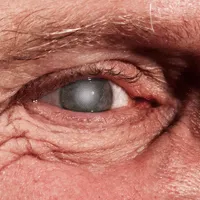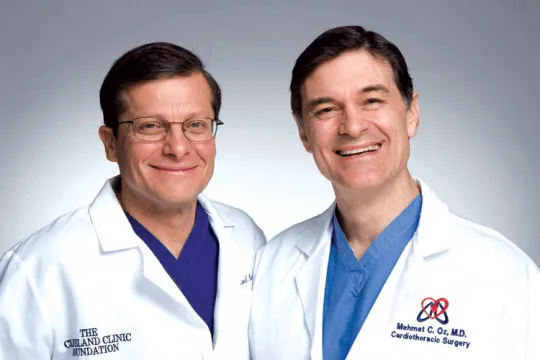
- Share on Facebook1
- Share on Pinterest
- Share on Twitter
X-ray vision may be the exclusive property of Superman, but these days a lot of older people have pretty sharp focus, too, thanks to the revolution in diagnosis and treatment of cataracts. In 1984, almost a quarter of all adults 65 and older had a hard time reading a newspaper because of vision problems; by 2010, that number dropped to less than 10 percent!

A cataract is caused by a clouding of the lens, and by age 80, half of all North Americans traditionally have cataracts or have had cataract surgery. What causes cataracts? Your lenses are made of water and proteins. As you age, the proteins can clump together, making it harder to see. Diabetes, smoking and chronic exposure to sunlight also increase the risk.

Symptoms include cloudy vision, problems with night vision, halos or glare around lights and double vision. Surgery is effective 90 percent of the time: After using minimally invasive techniques that remove the old lens, the surgeon inserts a clear, new plastic lens.
But whatever your age, you can delay or prevent cataracts. Eat a vegetable-rich diet high in antioxidants: Blueberries, beans, artichokes and apples are superstars – as are any foods with beta carotene (carrots), vitamin C (citrus fruits), vitamin E mixed tocopherols (nuts), lutein (spinach), lycopene (tomatoes) and selenium (Brazil nuts). Also, a multivitamin with DHA (the key component in fish oils) seems to protect your sight, so aim for 900 milligrams of DHA a day. You can it get from algal oil supplements. And wear 100 percent UVA- and UVB-blocking sunglasses.
– Dr. Michael Roizen & Dr. Mehmet Oz
© 2012 Michael Roizen, M.D. and Mehmet Oz, M.D. Distributed by King Features Syndicate, Inc.
- Share on Facebook1
- Share on Pinterest
- Share on Twitter

